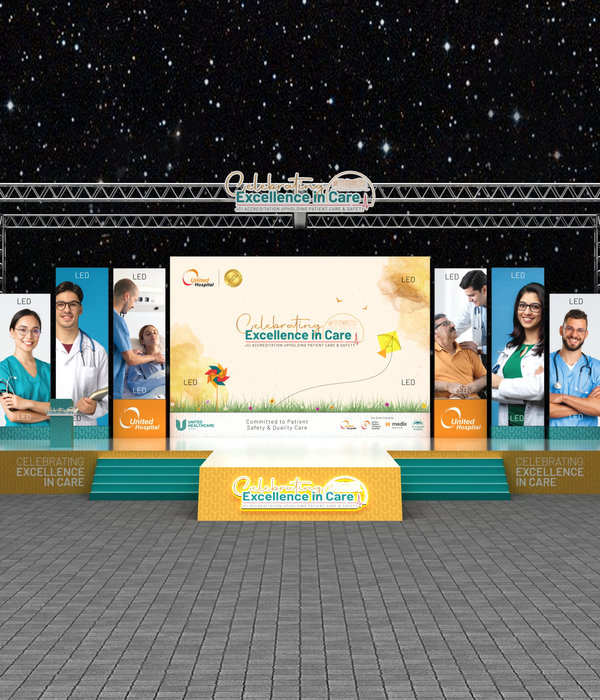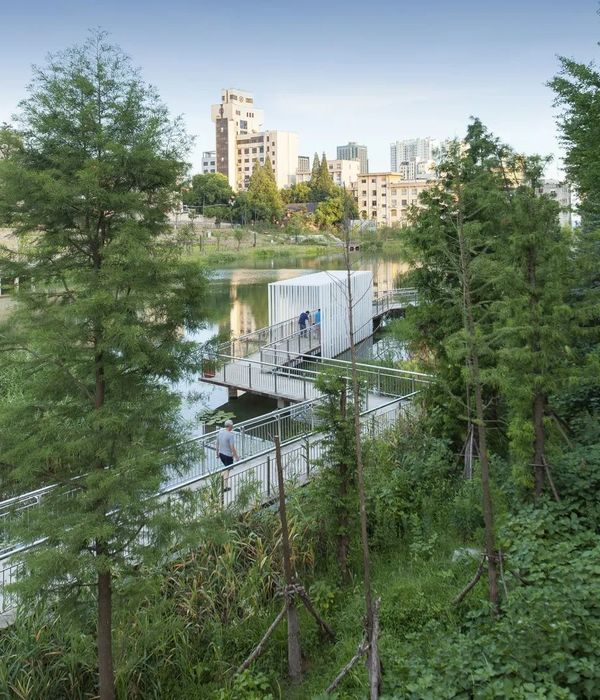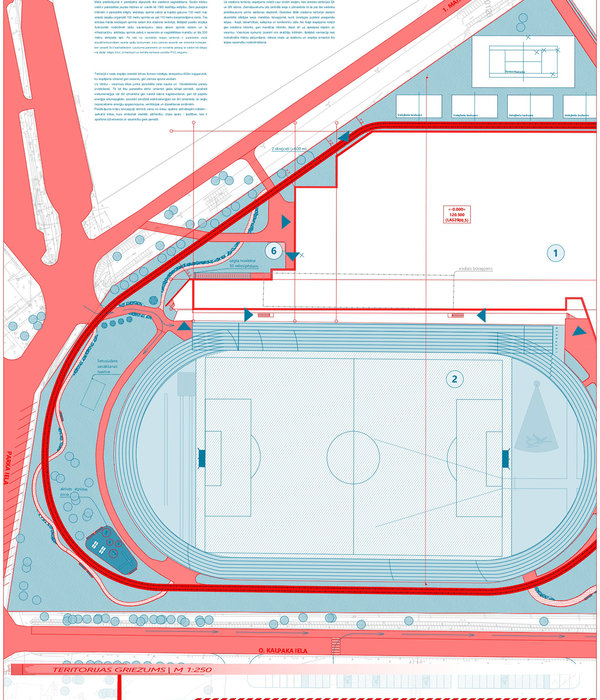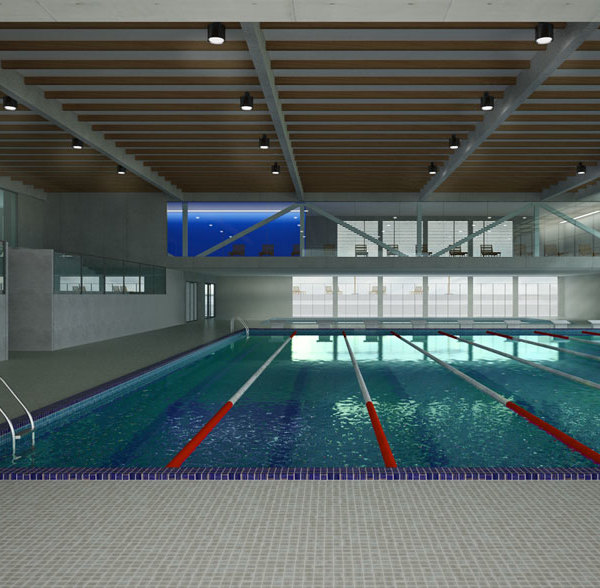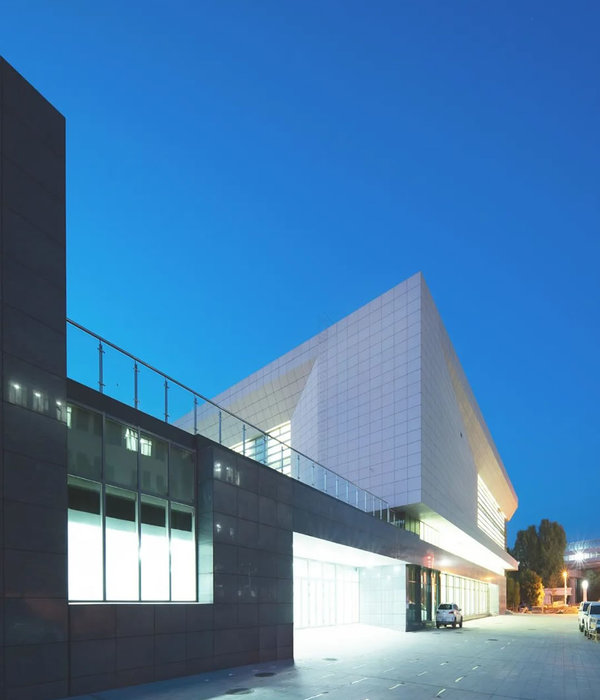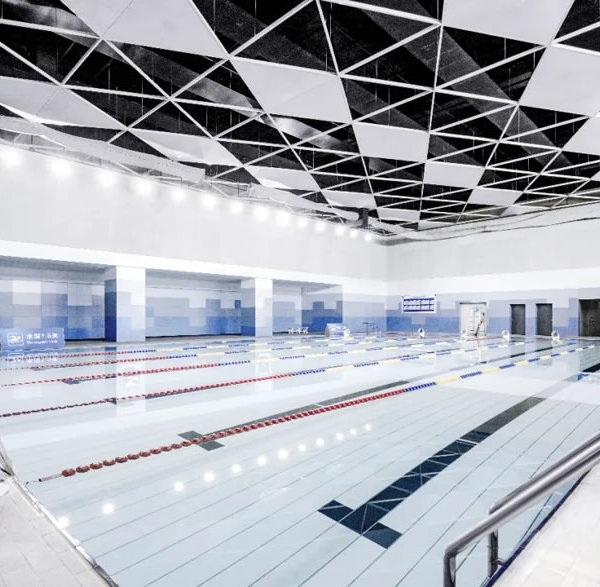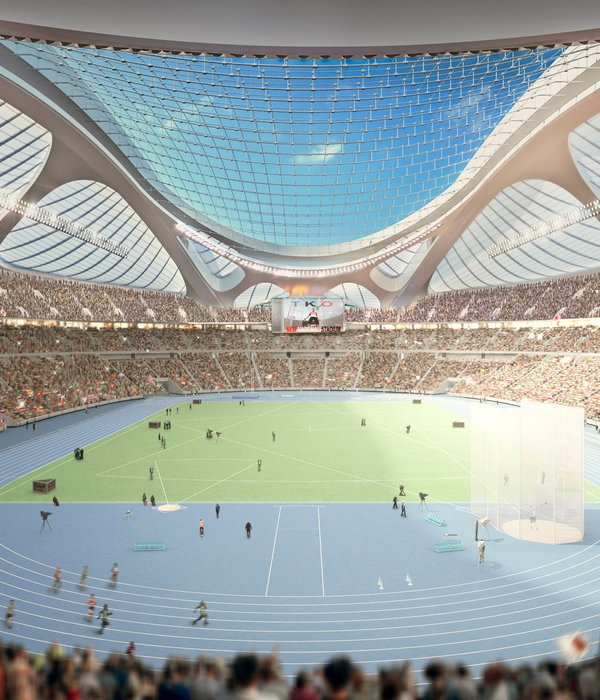Architects:Daniel Mòdol
Area:2126m²
Year:2022
Photographs:Jordi Bernadó y LOOM
Manufacturers:Cerámicas Ferrés,DOMINADOR
Lead Architect:Daniel Mòdol
Promoter:MERLIN PROPERTIES
Technical Architect:PLAAT
Structural Engineering:Bernuz-Fernandez Arquitectes
Engineering:Estudis ESL
Contractor:FLULLE
Landscape :J. Maria Blas
City:Barcelona
Country:Spain
Text description provided by the architects. The transformation of the 22@ district in the Poblenou neighborhood of Barcelona is an opportunity to promote a new model of the city that pushes Barcelona towards the renewal of its industrial fabrics. Thanks to the innovation, creativity, and design of the new architectures, buildings, and spaces are achieved that generate a more sustainable neighborhood.
The project is based on the global rehabilitation and change of use of the old industrial building occupied by the historic Balius hardware store, founded in 1914 where practically everything for construction could be found for sale.
It is a five-story building, built in the 70s with a metal structure and Catalan vault that gives it a unique character, so in the project, it is chosen to preserve these two details of the old building.
For the rest of the intervention, a modern and modular construction has been introduced and it has been tried to adapt the materials and the size of the module to the residential environment and traditional materials such as ceramics, iron, and wood, although the type of construction is modular to make the construction process more agile.
The main façade is removed to enhance the existing structure and make it visible from the outside. The interior façade adopts a classical gallery typology with natural wood and glass carpentry on which an industrial metal planter façade is proposed that brings vitality to the building's composition.
All selected materials are noble and proximity and from the design, priority has been given to materials that are easy to find in the building's environment to try to respect the nearby residential environment as much as possible and to domesticate these new types of buildings implanted in the neighborhood. The existing green color in much of the interior structure of the building is recovered and emphasized by using it throughout the structure and ironwork of the entire building.
On the fourth floor, a setback of the façade is created, generating an outdoor space, and different meeting rooms are placed as a hybrid space with the option of interacting with the outside. On the remaining floors, both natural light and ventilation are provided by the openings in the main façade, the creation of a patio in the old stairwell gap, and the rear façade of pavement.
The building is designed under sustainability criteria, where energy savings and user comfort are paramount to generate a sustainable workspace that has LEED certification. The building is also connected to the urban heating and cooling network (DHC) and the pneumatic waste collection network.
Project gallery
Project location
Address:El Poblenou, Barcelona, Spain
{{item.text_origin}}

